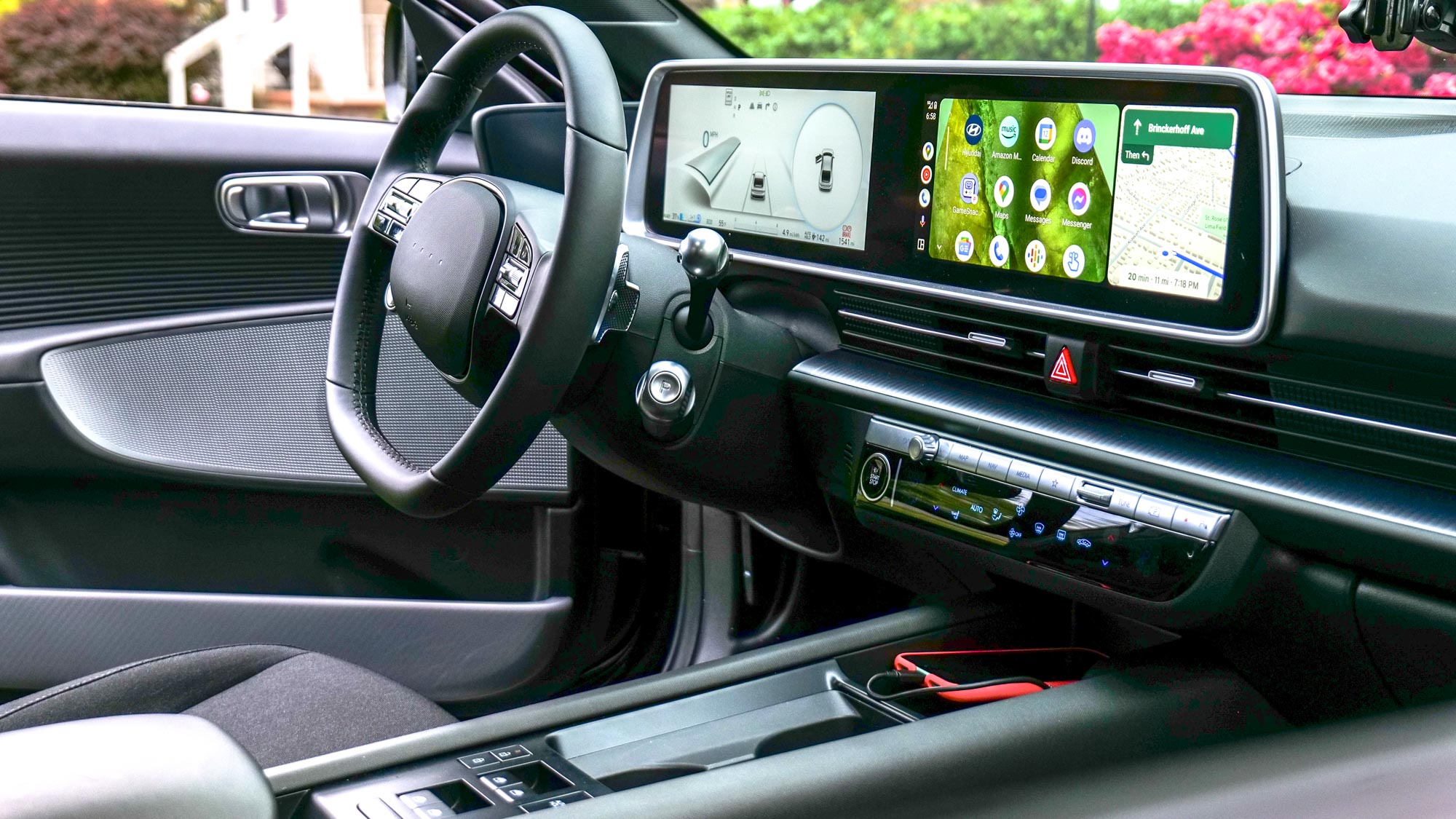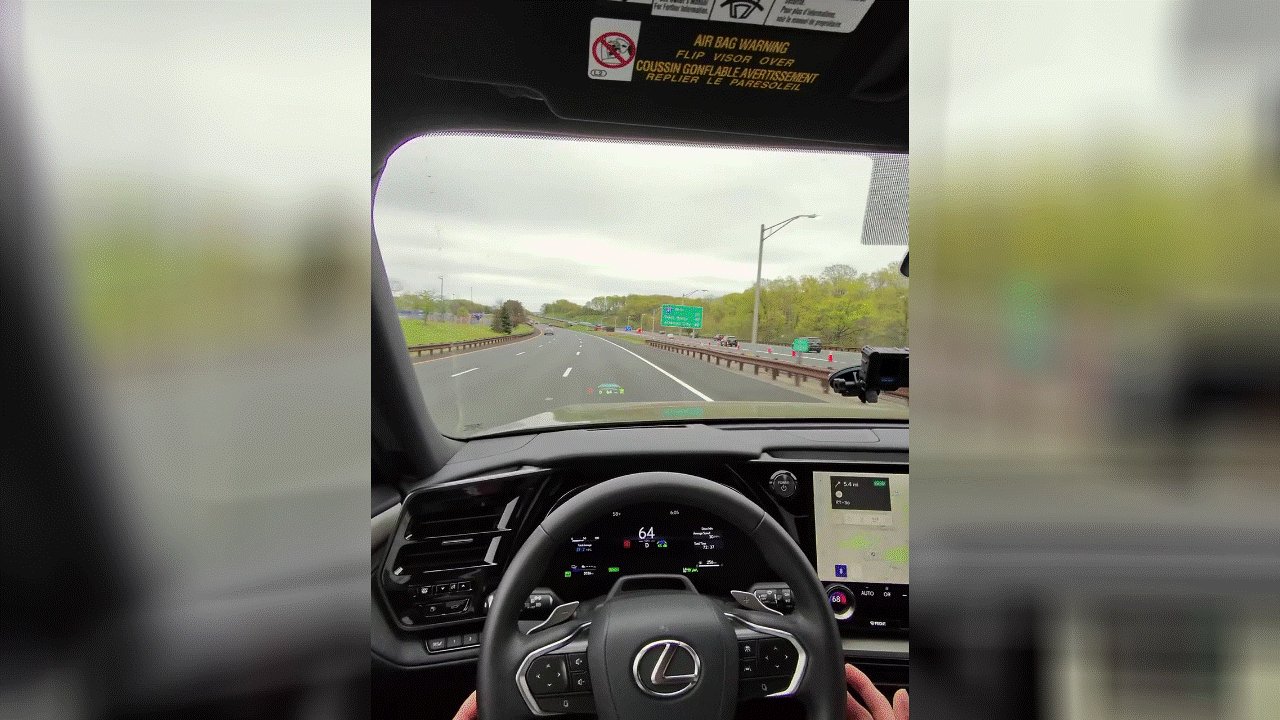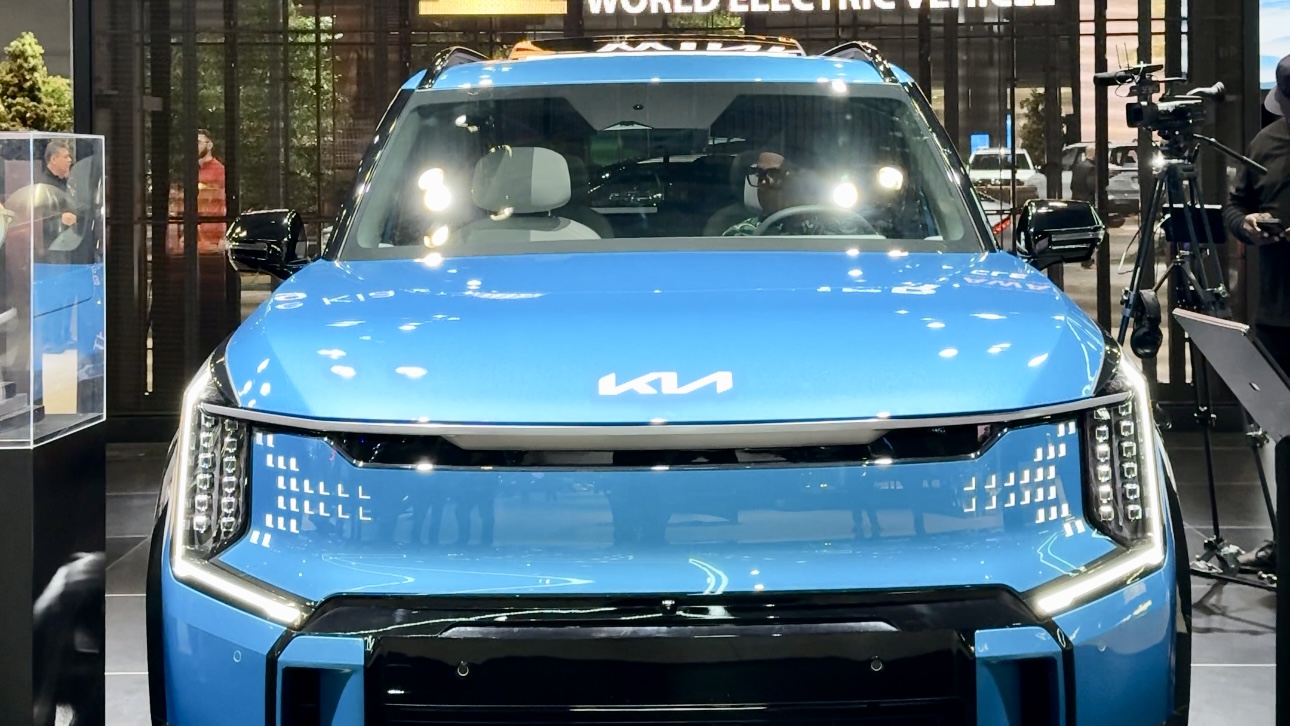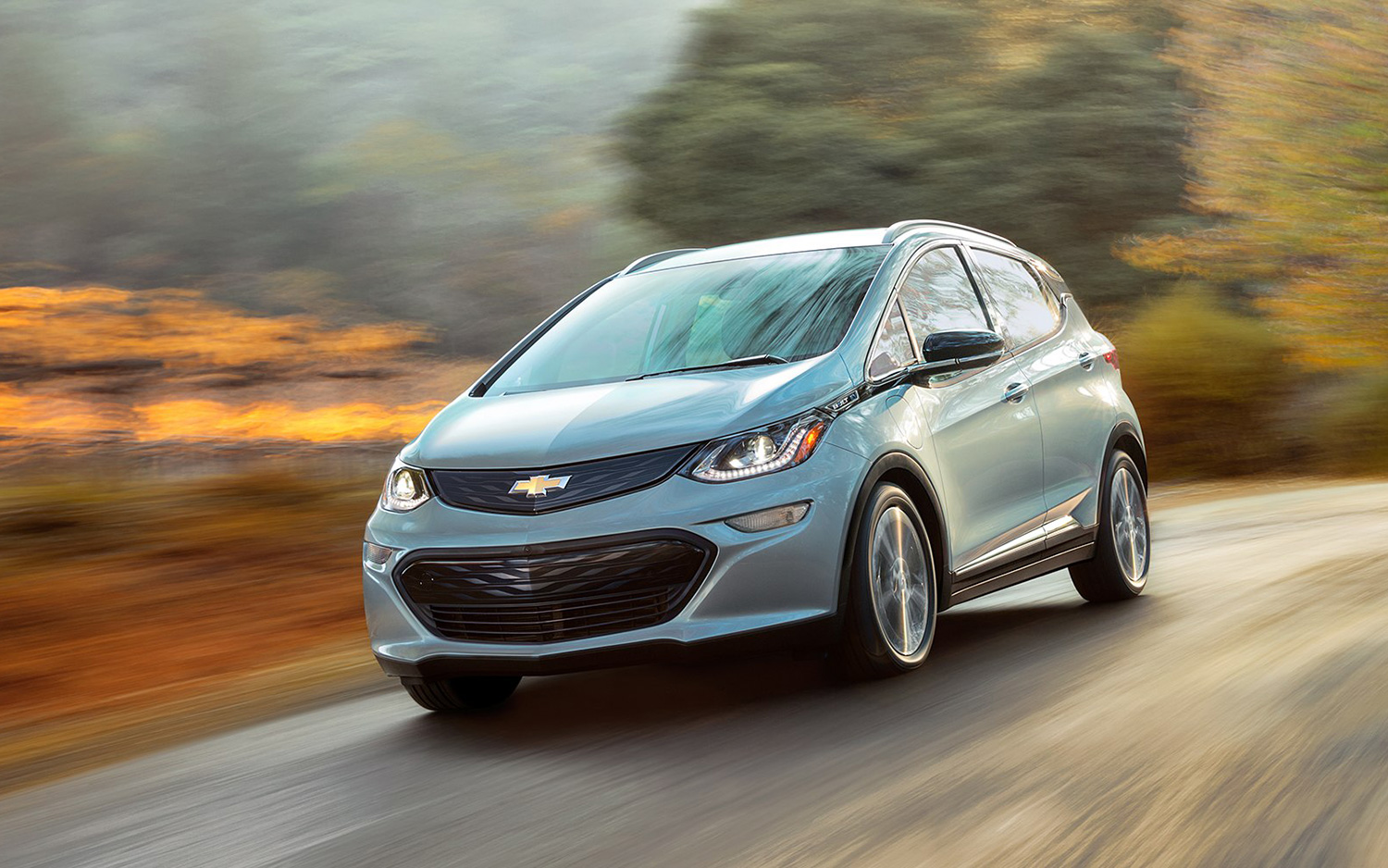I tried adaptive cruise control on these EVs — and it changed the way I drive
Drivers may be surprised trying it out for the first time

Three EVs and one PHEV in, there’s one feature I’ve been constantly leaning on my quest to drive the best electric cars around. It’s adaptive cruise control (ACC), which is also commonly referred to as dynamic cruise control and smart cruise control depending on the car maker. They all basically follow the premise of maintaining your vehicle’s speed while driving, but with the ability to steer the wheel for you as well so that you stay centered in your lane.
I can’t tell you how it’s the single thing that’s changing my habits, which I explained in detail when I test drove the Lexus TX550H+ and let it take over the wheel for me. This feature isn’t just exclusive to EVs because it’s been in many gas-powered vehicles and hybrids for a long while now, leveraging different technologies, such as LiDAR, sonar, radar, and even the cameras around the car.
For those still driving much older vehicles, say 10+ years old, they could find the experience of using adaptive cruise control a bit jarring when they upgrade — which could dissuade them from using it entirely. After driving multiple EVs with adaptive cruise control, I realize it serves its purpose more often than not. Here’s when you should and shouldn’t use it.
Perfect for highways

Cruise control has always been a driver’s best friend for those long trips on highways. Adaptive cruise control makes it even better because today’s vehicles can intelligently identify other moving vehicles — especially the one right in front of you.
When I test drove the Hyundai Ioniq 6 for a week, I was impressed by its ability to distance itself from the car in front of me while driving the speed limit on highways. When it senses it’s getting too close to the vehicle in front of me, or when an adjacent vehicle enters my lane, the Ioniq 6’s adaptive cruise control system automatically applies the appropriate amount of braking.
Even when the highway’s making a bend further up in the road, the Ioniq 6’s driver assist mode moves the steering wheel accordingly for me — all while maintaining my lane and speed.
Even great when switching lanes
@tomsguide ♬ Lofi Vibes - Gentle State
Taking things to the next level, I was astounded by the lane change assist feature while test driving the Kia EV9. My colleague Kate Kozuch also tried this helpful driving feature out when she test drove the Mustang Mach-E GT very recently, which performed a lane change on its own thanks to Ford’s BlueCruise self-driving technology.
Sign up to get the BEST of Tom's Guide direct to your inbox.
Get instant access to breaking news, the hottest reviews, great deals and helpful tips.
I tried out a similar lane changing assist feature with the Kia EV9, and when paired with adaptive cruise control, I’m impressed by how it makes driving even easier (and safer too). Again, I think it works well on highways when you want to change lanes because adaptive cruise control continues to maintain the car’s speed — while also detecting other vehicles while it’s making a lane change.
Less burden with congestion driving

During my commute back home from New York City, congestion on the roads eventually brought traffic on the highway to its usual stop-and-go flow. With adaptive cruise control and driver assist enabled on the Kia EV9, it’s the perfect pairing for congestion driving on the highway.
That’s because the EV9’s able to apply the appropriate amount of braking and acceleration to keep its distance with the vehicle in front of me. Gridlock traffic is already a burden for all drivers on the road, but I love how this makes it less of a hassle. Even when the vehicle in front of me comes to a complete stop, adaptive cruise control automatically gets the vehicle moving once it clears up.
Although, I always kept my foot lighting over the brake because you just never know. I recommend that you do the same when using adaptive cruise control because it's the fail-safe method to instantly give back complete control of your vehicle.
Tough on local roads with faint lines

Now, one of the times I found it challenging to use adaptive cruise control was on city streets with faintly painted lines on the road. That’s because both the Ioniq 6 and EV9 struggled to keep their respective driver assist modes on to keep me centered in the lane. I’m able to recognize this because the dashboard display would normally show green lines alongside the car to indicate that it can stay centered in the lane.
Of course, it would go green whenever it can reestablish those lines on the road, but I wouldn’t lean on adaptive cruise control a whole lot when they’re indistinct.
Winding roads are troublesome

And finally, I would absolutely tell you to disengage adaptive cruise control on those long, winding roads that have you hitting steep inclines and tight turns. One of the challenges I encountered while driving with it on winding roads is that it wants to maintain the vehicle’s rate.
Naturally, this works wonderfully on straightaways and such, but it’s jarring when it encounters an incline because adaptive cruise control lacks human perception to anticipate road changes. For example, I found adaptive cruise control accelerating a little after going up a hill to maintain its speed — rather than anticipating the incline and accelerating beforehand to help sustain the vehicle’s momentum.
Furthermore, tight turns are nearly impossible for adaptive cruise control because it doesn’t adjust the vehicle’s speed ahead of time. It’s jarring when it’s cruising at 35 mph and wants to take a bend in the road at the same speed, rather than dialing down as the speed limit sign suggests.
While it’s not perfect for all driving conditions, I still find more benefits with using adaptive cruise control. Even though some parts of the technology help to propel fully automated vehicles, I need to remind everyone using this that it’s still an assistive feature — so it’s not meant to replace you entirely as the driver.
More from Tom's Guide

John’s a senior editor covering phones for Tom’s Guide. He’s no stranger in this area having covered mobile phones and gadgets since 2008 when he started his career. On top of his editor duties, he’s a seasoned videographer being in front and behind the camera producing YouTube videos. Previously, he held editor roles with PhoneArena, Android Authority, Digital Trends, and SPY. Outside of tech, he enjoys producing mini documentaries and fun social clips for small businesses, enjoying the beach life at the Jersey Shore, and recently becoming a first time homeowner.
